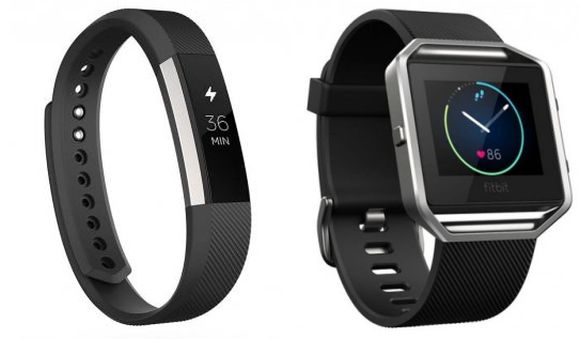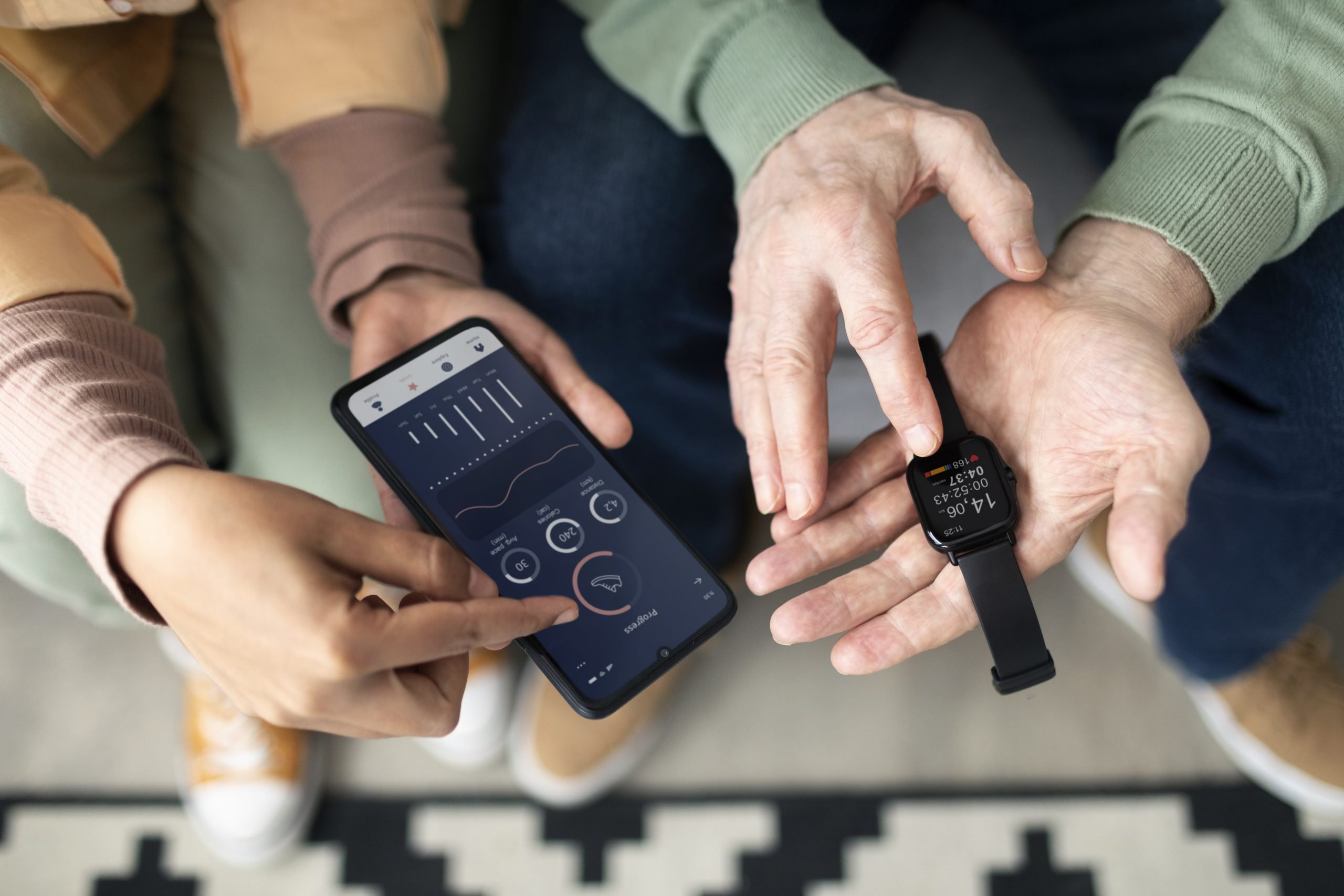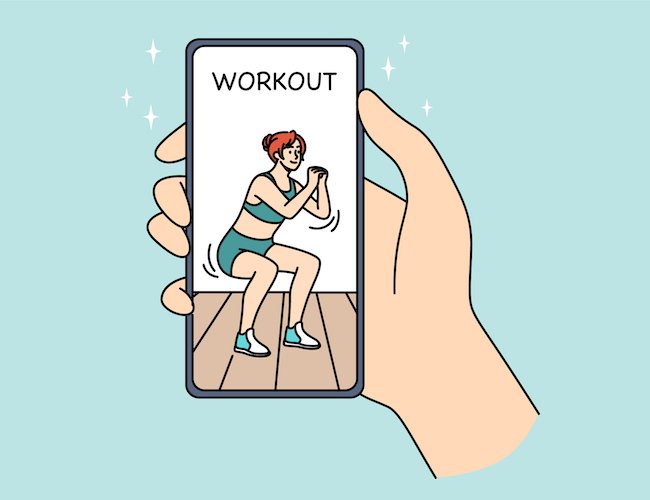During Fitbit’s first quarter earnings call, CEO James Park shared, for the first time, reactivation statistics for users who quit using Fitbit’s devices and app. Specifically, Fitbit shared information about product upgrades and trackers reactivated after owners let them sit dormant for 90 days or more. The wearables company said 40% of Fitbit Blaze and Alta user activations were from users who had prior Fitbit devices. About 20% of those were buyers who were coming back to the Fitbit community after they had been inactive for 90 days or more. The report also noted that the “vast majority” of Fitbit Blaze and Alta buyers had upgraded from cheaper Fitbit devices. Less than 10% bought down.
Fitbit likely shared these statistics to curb pessimism about attrition rates for its products. When the company filed to go public, Wellable shared a blog post that suggested that more than 70% of Fitbit purchasers from the first three quarters of 2014 churned before the end of the year. High churn is more than just a concern for Fitbit and its investors. Employers and wellness program administrators need to consider this information before deciding to purchase devices for all their employees. With a high churn rate, employers will see only a temporary increase in wellness program engagement when they purchase devices for employees. Considering this information along with the cost should make employers think twice before buying devices for every employee.

As an alternative, employers can build a program around free mobile apps. These mobile apps provide a significant cost advantage as well as track more than just steps. By incorporating free mobile apps, employers do not need to buy every employee a device, but this does not exclude those employees who want to bring their own devices and use them in the program. With devices becoming more prevalent across the country, employers do not have to exclude these employees in their program and can “fill the gap” with free mobile apps. To execute upon this strategy, employers need a device and app agnostic platform, like Wellable, that can support their needs.












